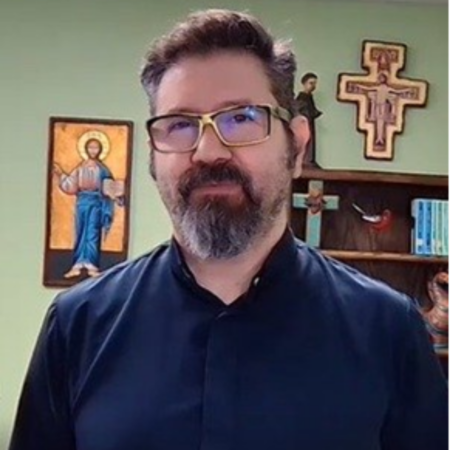The Gospel brings the disciples of Emmaus back to the community. Now that they are all together, Jesus appears in their midst.
Shocked and full of fear, they thought they were seeing a ghost. After three years with Jesus, they knew him well, preaching, healing, and breaking bread, but in this divine moment, they saw him for who he undoubtedly was; it was overwhelming.
Jesus is the same but beautifully transformed; he is the Jesus as before but no longer as before. The Resurrection is not simply returning to the same as always; it’s about fullness.
Jesus explained this with the parable of the grain of wheat: It is buried as a tiny seed and rises from the earth as a whole ear of grain.
It is reassuring to witness the disciples’ struggle to believe, as it affirms that the Resurrection is not a fabrication but a reality that surpasses their understanding. Then Jesus dispels fears and doubts, uttering the most precise and familiar verbs: “See, touch, let’s eat together! I am not a ghost.”
Eating is a fundamental sign of life; it takes a profound significance when shared with Jesus, the most eloquent symbol of rediscovered communion, a gesture that strengthened the bonds of later disciples for centuries. We feed on bread and divine promises, the Last Supper, and Resurrection in every Eucharist.
He tells them: you are witnesses. Jesus is alive; he envelops us with peace and lifts us to fullness on eagle wings through time and eternity.

